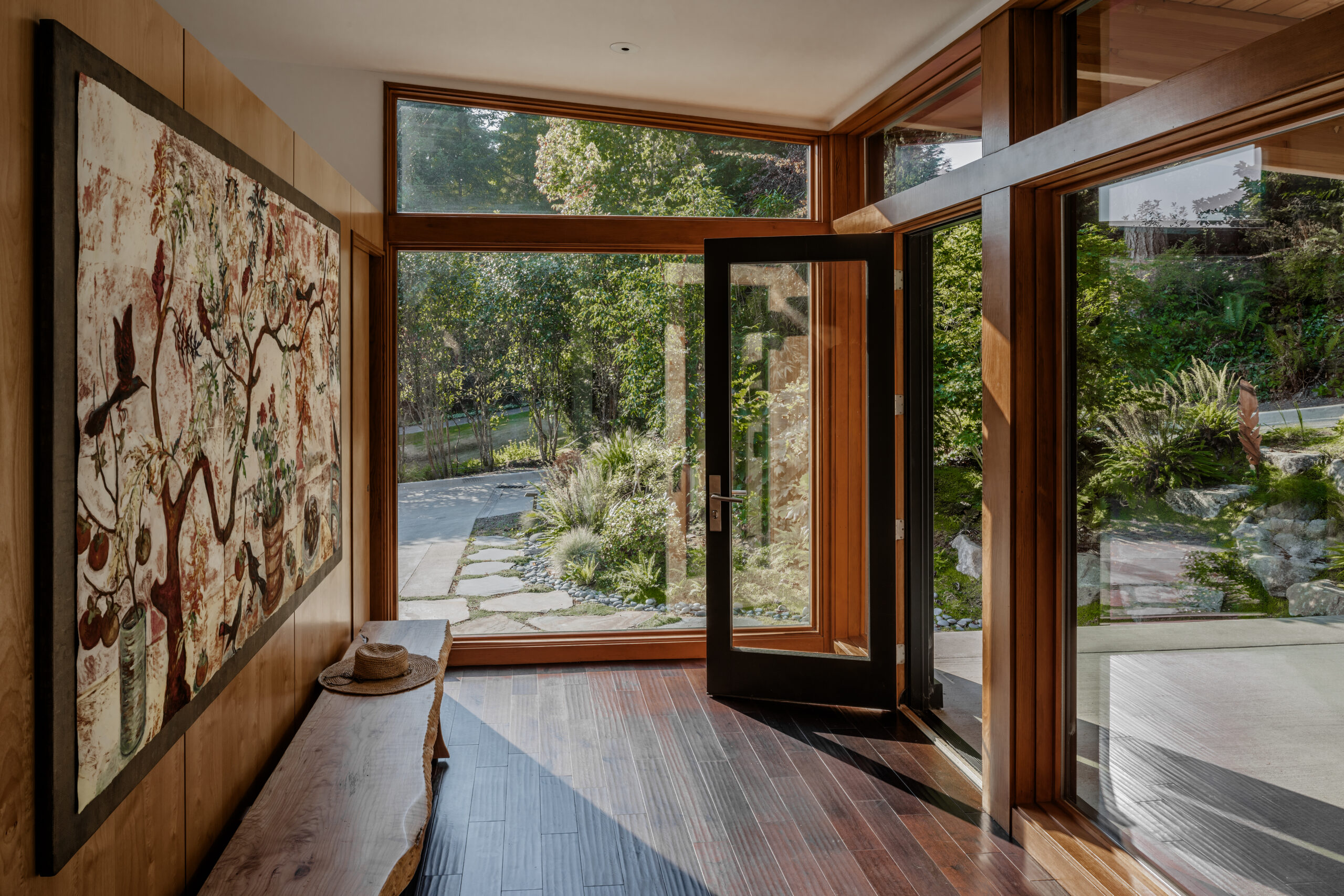How Seattle Architects Are Embracing Sustainable Design in 2025
The Rising Demand for Sustainability in Seattle Architecture
Seattle is a city known for its progressive values and environmental stewardship. In 2025, the demand for sustainable architecture has never been stronger. Homeowners, developers, and city officials are all leaning into green building practices—not just because it’s trendy, but because it’s essential.
A key driver of this shift is the Pacific Northwest’s vulnerability to climate change. Rising sea levels, wildfire smoke, and fluctuating temperatures have made sustainability a community-wide priority. Seattle architects are responding by designing buildings that are resilient, adaptable, and rooted in environmental responsibility.
Principles of Sustainable Architecture in 2025
Seattle architects follow several core principles when creating sustainable designs. One of the most important is the development of net-zero energy buildings. These structures generate as much energy as they consume, often using solar panels, geothermal systems, and energy-efficient envelopes.
Passive solar design is also a major trend. By carefully orienting buildings and maximizing daylight exposure, architects reduce the need for artificial lighting and heating. Thoughtful insulation, ventilation, and material choices keep interiors comfortable without draining energy.
Reducing the carbon footprint of construction is another priority. This involves using low-emission equipment, minimizing site disturbance, and planning for long-term environmental impact.
Materials Matter – Eco-Friendly Building Choices
In 2025, materials speak volumes about a project’s environmental ethic. Seattle architects are increasingly turning to recycled and reclaimed materials—old barn wood, salvaged steel, and even upcycled glass help create beautiful, one-of-a-kind structures.
Locally sourced materials such as Pacific Northwest cedar and basalt reduce transportation emissions and support the local economy. Plus, they blend beautifully with Seattle’s natural surroundings.
The emphasis on health extends to finishes as well. Architects now favor non-toxic paints, stains, and adhesives that reduce indoor air pollution and improve occupant well-being.
Integration of Smart Technology in Green Buildings
Sustainability in 2025 isn’t just about materials—it’s about intelligence. Architects now incorporate smart systems that monitor and optimize building performance in real time.
IoT-connected devices manage everything from HVAC and lighting to water usage, ensuring that nothing goes to waste. AI algorithms predict peak energy needs and adjust systems proactively, lowering both environmental impact and operating costs.
Biophilic Design: Bringing Nature Indoors
Seattle architects understand that sustainability is not only about the planet—it’s about people. That’s why biophilic design is such a key trend.
Elements like green roofs, living walls, and large operable windows make occupants feel more connected to nature. These features improve mental health, boost productivity, and reduce stress, all while enhancing air quality and thermal comfort.
Certifications and Green Building Standards
Certifications help validate and standardize sustainable practices. In Seattle, many architects pursue LEED (Leadership in Energy and Environmental Design) credentials. Others aim for Passive House or the Living Building Challenge, both of which set extremely high standards for energy and resource efficiency.
The city of Seattle also has its own robust green building ordinances, encouraging architects to go beyond national requirements.
Innovations Unique to Seattle Architects
What makes Seattle’s green building movement truly unique is its creativity. With limited space and increasing demand, architects are exploring urban farming integration in apartment and condo buildings. Rooftop gardens provide food, regulate temperatures, and build community.
Additionally, floating homes and elevated designs are gaining traction, especially in flood-prone areas. These homes offer new ways to live with water instead of fighting against it.
Case Study: Sustainable Projects by Coates Design
At Coates Design, sustainability isn’t an afterthought—it’s the foundation. Take the Island Residence, a home powered almost entirely by solar energy, with radiant floor heating and a passive cooling system that eliminates the need for air conditioning.
The Bainbridge Island Museum of Art is another standout. This public building was designed to blend with its natural environment, featuring reclaimed wood, LED lighting, and rainwater harvesting systems. It’s a hub for the community and a testament to what sustainable design can achieve.
Collaboration Between Architects, Clients & Communities
Green architecture works best when everyone is on board. Seattle architects spend more time educating clients on the long-term value of sustainability—not just in energy savings, but in comfort, durability, and resale potential.
Community engagement is also critical. Through design charrettes, surveys, and local partnerships, architects ensure that their buildings meet the needs of the people they serve.
Challenges Faced by Seattle Architects in Sustainable Design
Of course, designing sustainably isn’t always easy. Architects must often balance aesthetic desires with environmental realities. Some eco-friendly materials or techniques may be cost-prohibitive or restricted by zoning laws.
Navigating city regulations, budget constraints, and the learning curve of emerging technologies adds layers of complexity to every project.
The Future Outlook for Green Architecture in Seattle
Looking ahead, the future of Seattle architecture is bright—and green. New AI-driven design tools will help architects test energy models in seconds. Policy incentives are likely to expand, making sustainable choices more financially attractive.
Seattle architects are poised to be national leaders in shaping the built environment with nature, not against it.

